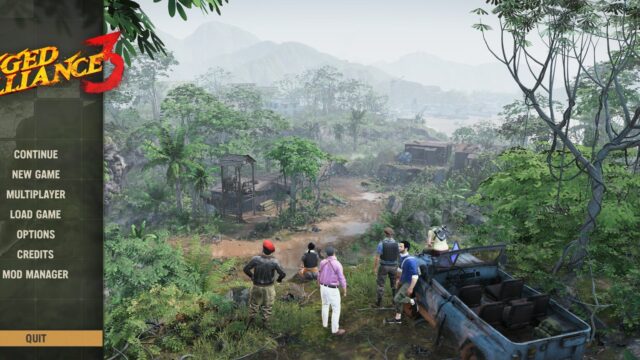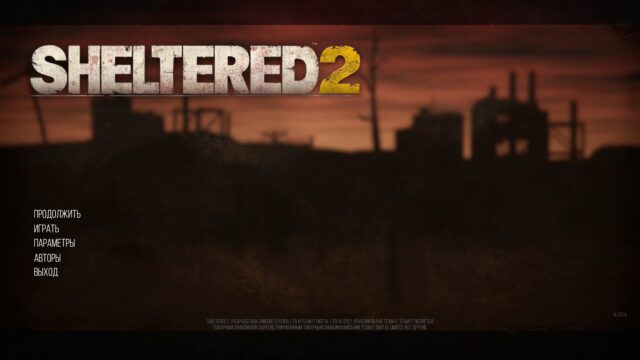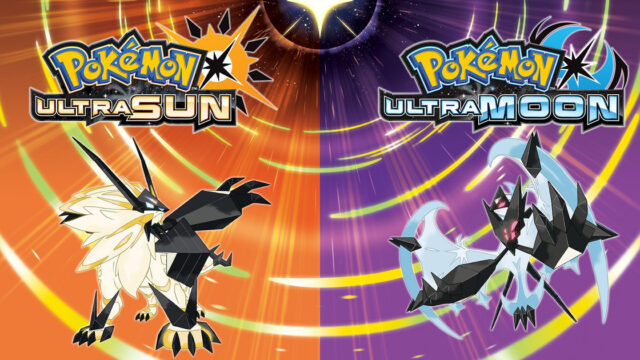Dungeon Siege III Review
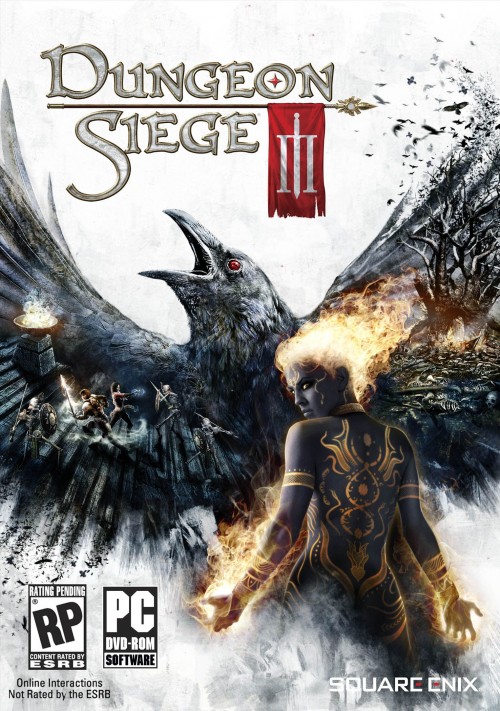
Dungeon Siege 3, among other things, was released on consoles, and that’s probably great. For console users, of course. As for me, I had the opportunity to get acquainted with the PC version of the game, and after the stress I experienced, I don’t want to talk about anything other than the poor and inconvenient controls and interface. It is incomprehensible why they made happy users of computer mice sit behind gamepad controls in a “traditional PC-style RPG”. In the first hour of the game, you want to cry bloody tears, curse, and smash something from the nearest household items. I was waiting, waiting for Dungeon Siege 3, wanting to comfortably click on all the local monsters to death, while also considering which labyrinth to go to next and leisurely clearing territory after territory. Why do I need your console adaptations, why this annoying targeting system?
Well, okay.
With a stick in my mouth, I launch DS3 for the second time. Not just for nothing did I give money to the developers.
DS3 can confidently be called a “corridor RPG”. Throughout the game, legionnaires (local forces of good, on whose side we actually stand) march through a tube. The funniest thing is that this applies not only to dungeons and forest paths, but also to practically everything else – swamps, cities (!), villages, otherworldly realms – everything is corridors with rare growths of castles and other structures.
The plot, from its side, is also not particularly intricate and in this sense pleasantly correlates with the tube-like locations.
Perhaps local intrigues and showdowns will be interesting to fans of previous parts, but the story of DS3 itself cannot boast of exciting action or vibrant characters (talking busts, if anything, are available, so you don’t have to worry about that), and therefore can only captivate a player initially inclined towards another fantasy.
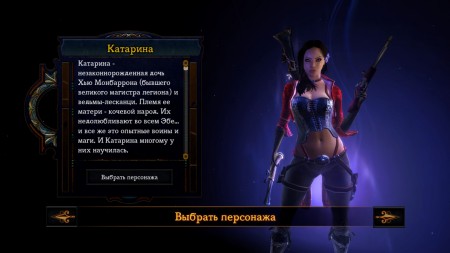
It is impossible to say unequivocally that turning locations into one long pipeline is a glaring flaw, as the developers skillfully placed various NPC figures, monsters, shops, chests, and other details along the tunnel walls, making running back and forth fun, despite the inability to step left or right. In general, many RPGs are essentially the same pipelines leading from point A to point B, just disguised. However, such extreme simplification of locations and gameplay as a whole, which seems to be a technical aspect, undermines many important aspects of role-playing games, such as the infamous immersion in the atmosphere. Having achieved this, one can easily swallow a passable story without choking and even remain satisfied. It is impossible to take all these escapades seriously.
The role-playing system in the game is traditionally sluggish, as in recent projects. Dragon Age 2 In DS3, you can either be a complete paladin of goodness, justice, and light, or you can be a bit of a scoundrel and not help everyone in need and throw in some salty phrases in dialogues. That’s basically where the room for maneuver ends. It’s not clear what the differences between different dialogues are. There is no need to listen or decipher explanations from others about what exactly they want from you. It doesn’t matter which monster lurks where, who it eats and how it attacks, who offended the next victim and who needs to be punished – the outcome is the same all around, quests and rewards are futile. The little stories of quest givers are uninteresting in themselves to be valuable, unfortunately.

Leveling up is yes, leveling up is sweet. All kinds of perks, talents, statistics numbers, and critical hit percentages – everything is in place, it’s fun to play. However, the names of some parameters-attributes are unclear: for example, I had to give up weapons and armor that increase “rock”. So, all rock, guys, of course, but… what does this attribute mean? It’s not quite clear who exactly to blame for such confusion, the developers who overcomplicated things or the talented translators.
Another tough joke of the “team RPG” Dungeon Siege 3 is this very team component. On the one hand, we were not deceived, periodically during the adventure, characters rejected by the player when choosing the main hero/heroine appear and join the campaign in supporting roles. Even that very influence system (see BioWare) with approval-disapproval of your allies’ actions and ways of conducting business is in place, but: only the main hero and one companion can enter the battlefield at the same time. The rest must hide somewhere in the backpack among the inventory according to the rules of the game.
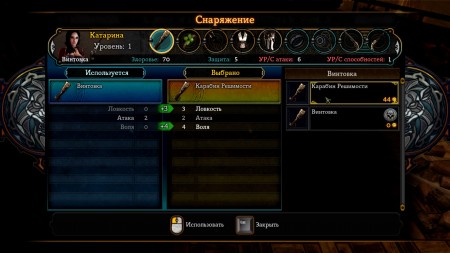
Maybe I’ve become too casual with my Starcraft 2, but after the first message “ally limit on the battlefield exceeded, the rest should hide in the house,” I didn’t even try to find out if this limit would increase with time or level, and simply sold all the accumulated scrap and forgot about all the allies except for the first archon I encountered.
Nevertheless, not succeeding in practically anything when it comes to the concept of “deep RPG,” DS3 remains a somewhat interesting slasher. After shedding all the bloody tears over the “computer” controls, you eventually start to reconcile with console controls (you can even plug a gamepad into the computer’s USB port, it definitely won’t be worse) and finally start to derive genuine pleasure from the game. Dialogues can be safely ignored, you don’t have to struggle with the fine selection of complementary skills of your teammates, and you don’t have to bother with battle tactics – just run from one end of the pipe to the other and cheerfully dominate everyone until you get bored.
Dungeon Siege 3 turned out to be frankly mediocre, but nevertheless not a hopeless game. If you love fantasy role-playing games and the RPG genre in general, have already played everything you wanted, and were busy extracting spirits from drowners in the second “Witcher” when DS3 was released, then the game can brighten up your dull summer beach vacation days. You might even like it. And if you decide to pass on DS3, you won’t lose anything.
Share
Discuss
More Reviews
